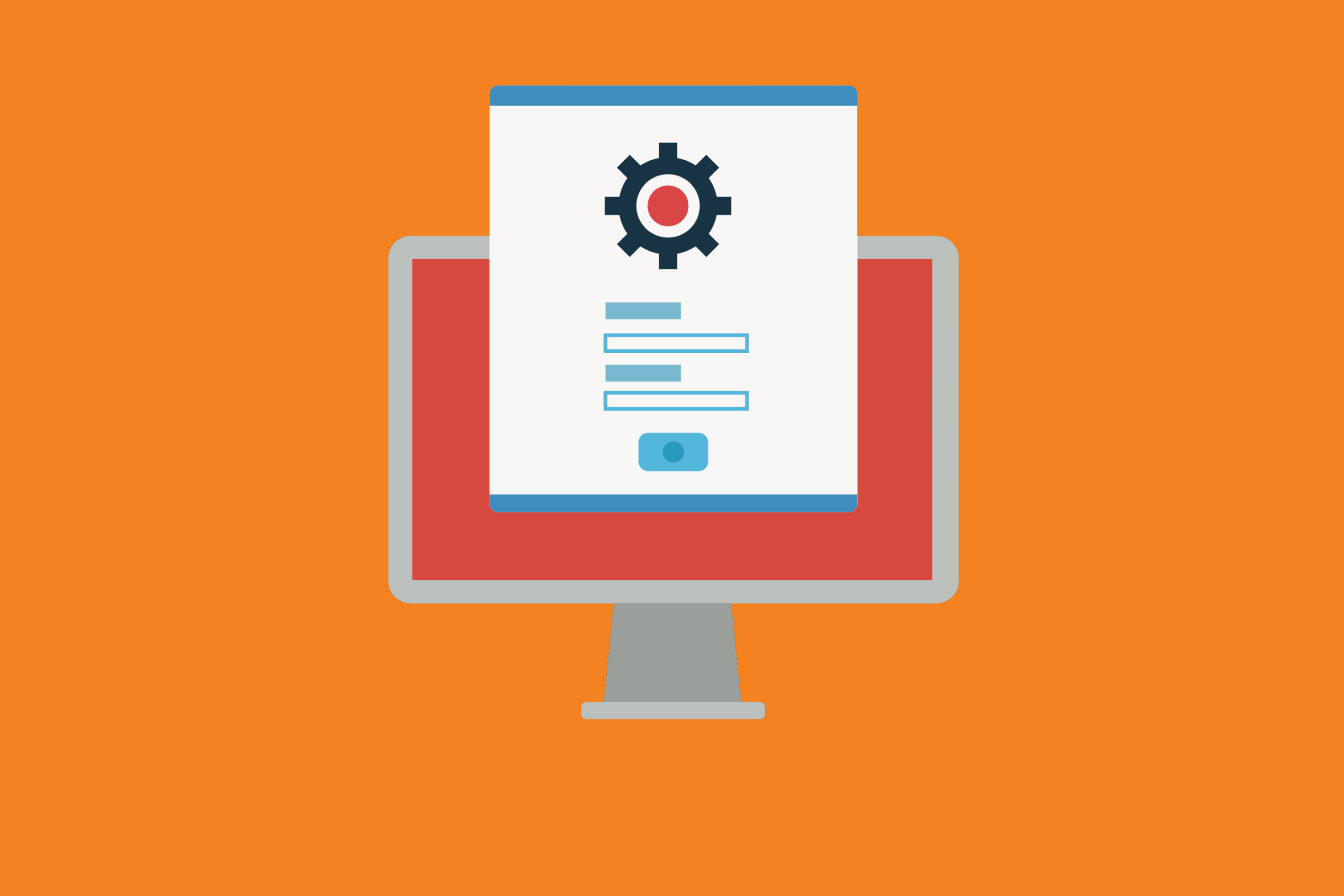Continuous integration helps teams increase their development speed while ensuring code quality. With continuous commits of code released in tiny increments, items can more easily be built and tested before being merged into the shared repository.
Continuous integration is excellent for development projects that remain open and ongoing as teams continue to refine products and the underlying code. It also works hand in glove with agile development approaches.
With the continued interest in CI as a development approach, many platforms have cropped up over the years to help developers successfully create and merge code. Here, for example, are the top five more notable examples to consider if you are in the process of beginning your CI journey.
The Best Continuous Integration Tools
Jenkins
Jenkins is a CI server (written in Java) that is open-source. It supports the complete development lifecycle – including building, testing, documenting, and deploying. It’s also pretty widely used globally, with many organizations using it to accelerate their development projects.
Its popularity has grown over the years due to its effective monitoring of repetitive tasks arising from continuous development. Jenkins can repeatedly test as projects progress to help reveal errors at the earliest stages of the development lifecycle.
Jenkins can build and test at a rapid rate. And as an open-source option, it is free to use.
As a server-based app, it requires a web server, such as Apache Tomcat.
CircleCI
Another great CI tool is CircleCI. It provides an easy setup and simple maintenance. It’s a cloud-based system, which is great for small companies or startups which may lack room for server space. Being cloud-based also means there’s no maintenance needed.
CircleCI can be integrated with many other solutions and platforms, including Amazon EC2 and GitHub.
Many new users like that big names like Facebook, Spotify, and Kickstarter also use CircleCI in their operations. It’s got a reputation for a quick setup, fast builds, and flexible customization.
Azure Pipelines
Azure Pipelines, from Microsoft, offers cloud-hosted pipelines for Windows, macOS, and Linux. Users can build all types of apps, from desktop to mobile, and automate their builds to save time. Teams can also use a variety of languages (Python, Java, C/C++, .NET, etc.).
Organizations can take advantage of its open-source project approach, with ten free parallel jobs with unlimited build limits.
With Azure Pipelines, users can handle multi-phase builds with test integration, release gate, reporting, and support for YAML.
GitLab
GitLab is designed to be comprehensive, with seamless control of your entire DevOps lifecycle. With GitLab, teams can visualize their lifecycle and optimize as they go by leveraging analytics (available within the same system as the work itself). With a common toolset, there’s less need for third-party plug-ins or APIs.
GitLab also takes security seriously. Teams can rest assured they’re protected with vulnerability scans and compliance violations checked at each commit.
The best part: GitLab makes adoption easy with a seamless UX built on an organization’s choice of infrastructure.
Bamboo
Atlassian’s own CI tool, Bamboo, helps agile teams develop seamless automated workflows from beginning to end. It’s easy to scale. Bamboo provides the capacity to grow while maintaining performance standards and is easily connected to Bitbucket and Jira to help teams stay connected without losing time switching gears and adjusting flow by bouncing around to different platforms.
When you’re ready to deploy, use Docker or AWS CodeDeploy to deliver. If you need to explore incidents, integrate with Opsgenie for quick investigations to resolve any issues quickly and permanently.
Which is the Best Option for Your CI Project?
Each of the mentioned CI tools is used by everyone from startups to multinationals. Each offers many excellent benefits to help automate, speed up delivery times, and constantly iterate on products.
The best product for you may have to do with the type of deliverable and what other tools are in your toolbox. For example, if you are a Microsoft shop and are developing Azure apps or working with other Microsoft tools, it may make sense to keep everything under the Microsoft umbrella.
If you are a startup or trying to keep your budget as streamlined as possible, an open-source solution like Jenkins (which teams can use for free) might be the best option.
It’s a good idea to look at a few options and weigh the pros and cons of each out to help narrow down the list of options until you find the CI tool that is right for you.
Keep it all Together with Jira
Continuous integration means continuous project management. When projects are ongoing, keeping track of tickets and having accessible communication between teams (so that work gets done and tasks don’t get lost) requires a platform that can help project managers manage projects.
Jira’s an excellent option for project management due to the fact that it can be customized to meet the needs of pretty much any project. There are also many plug-ins and integrations with CI/CD platforms Jenkins-Jira Integration, GitLab-Jira Integration, Azure Pipelines Integration for Jira, or CircleCI-Jira Integration that project management to integrate right into the CI process.




